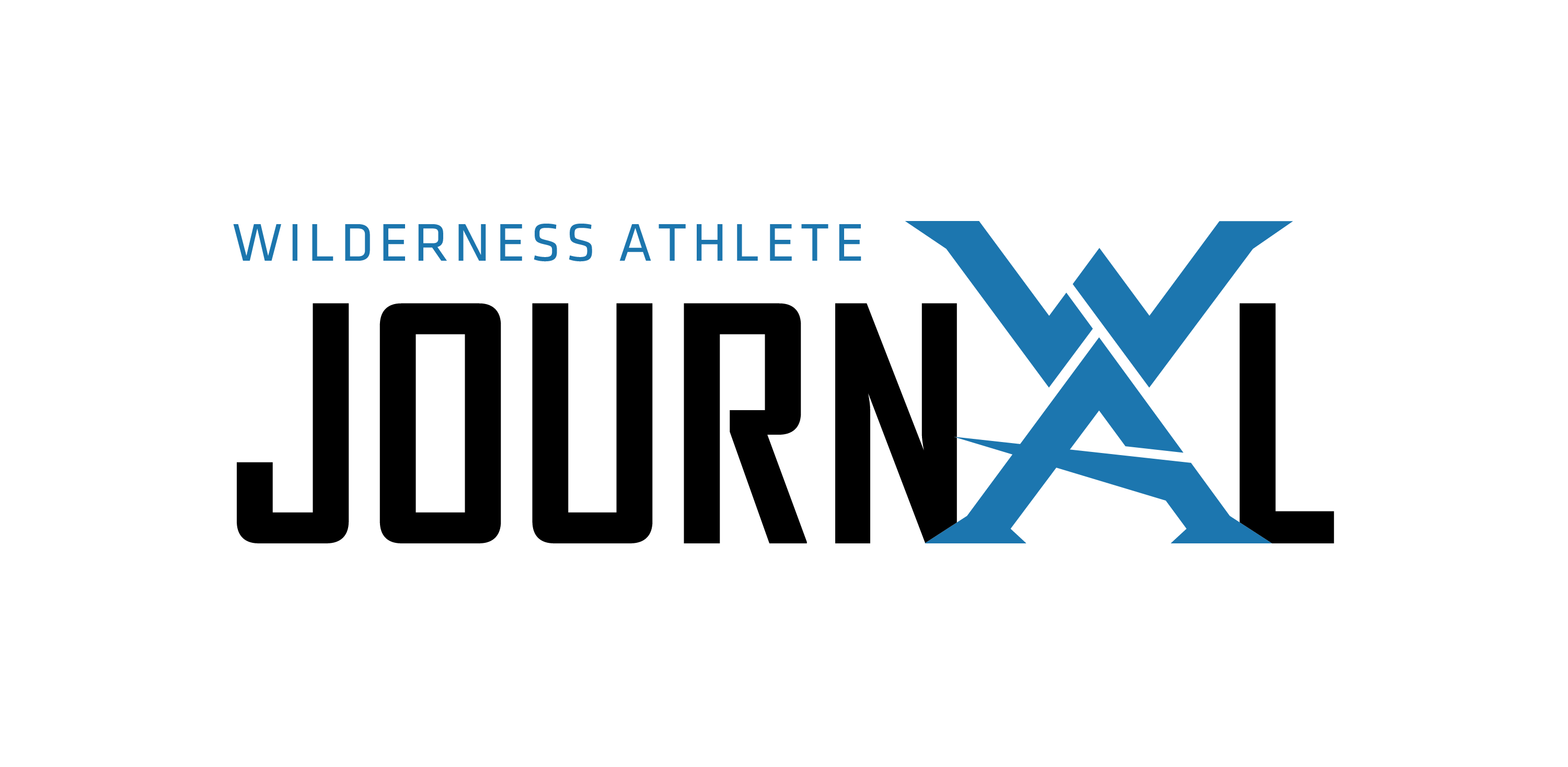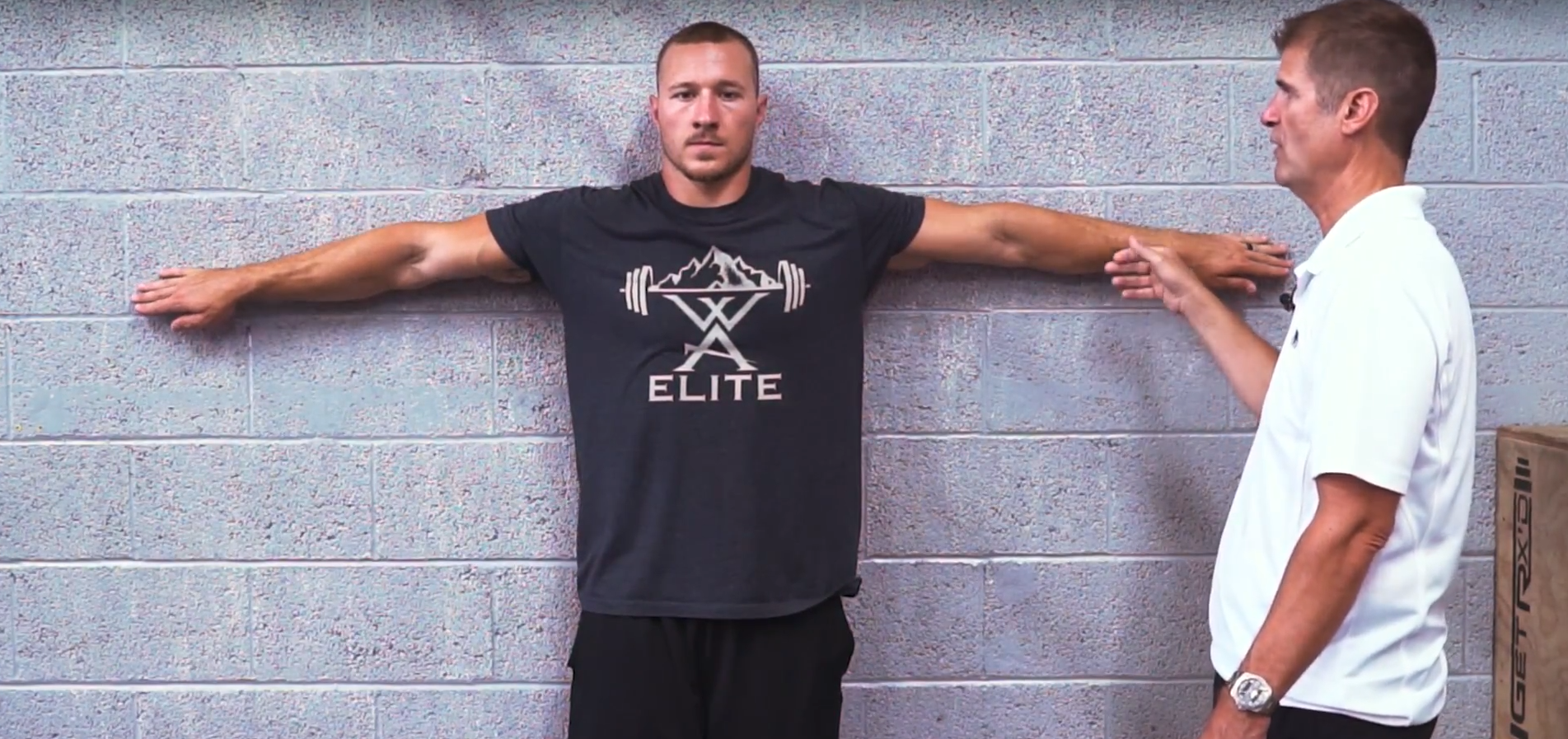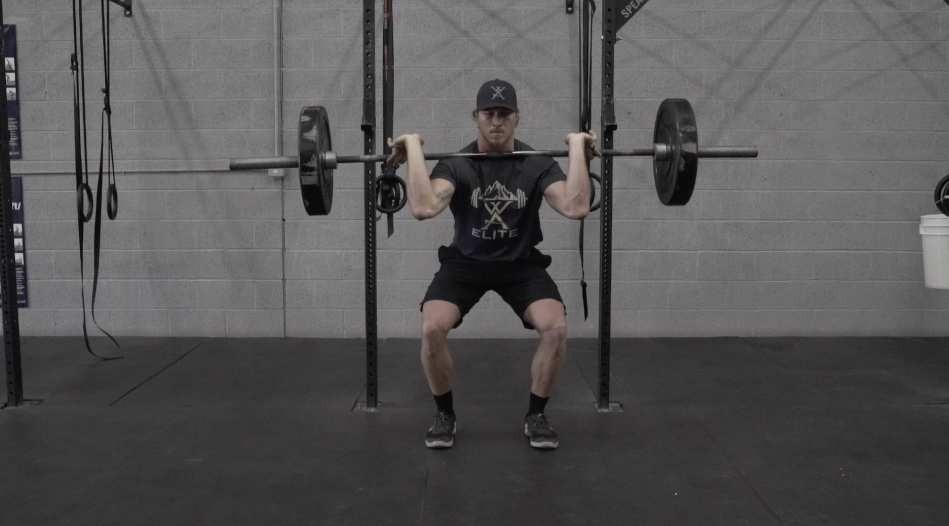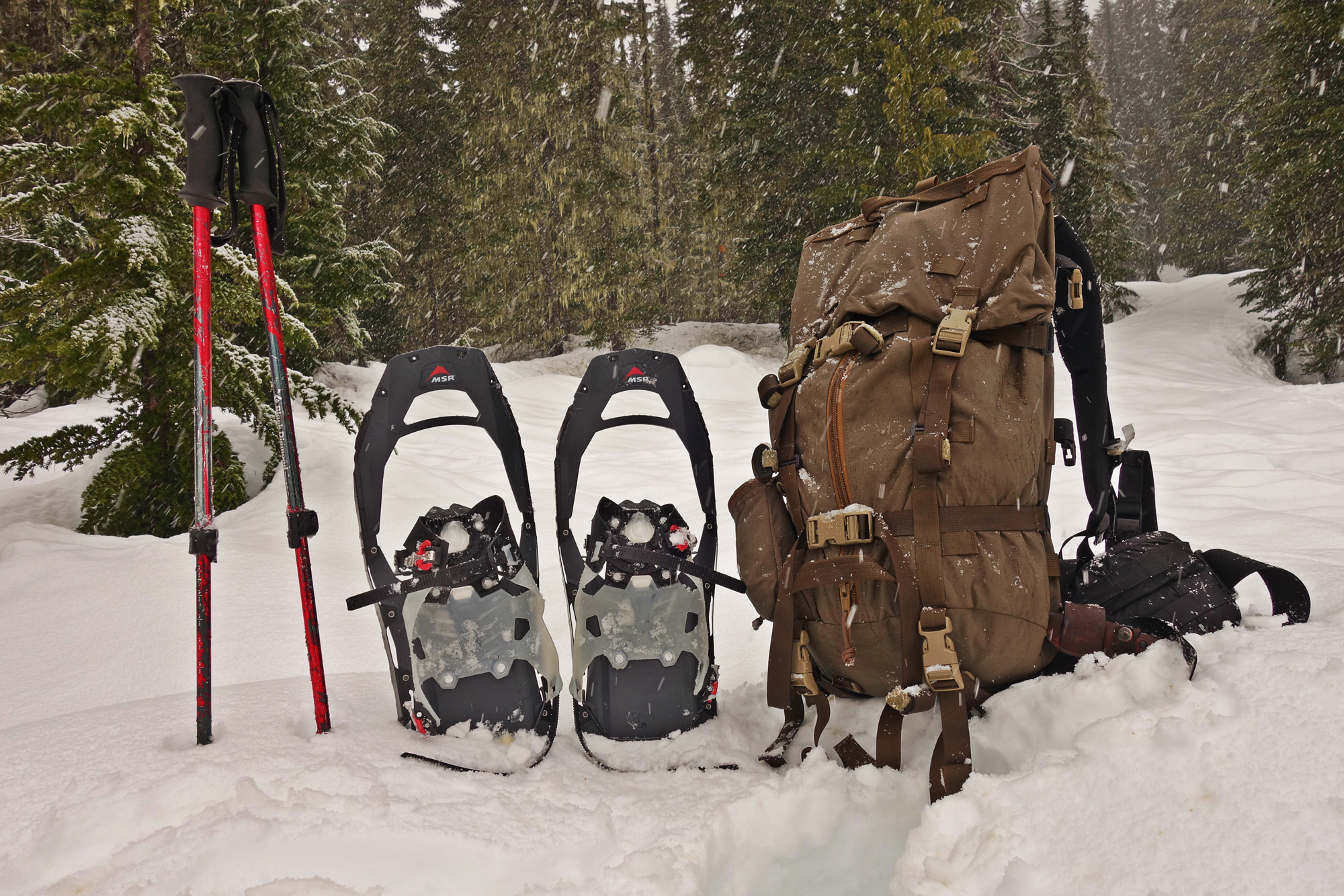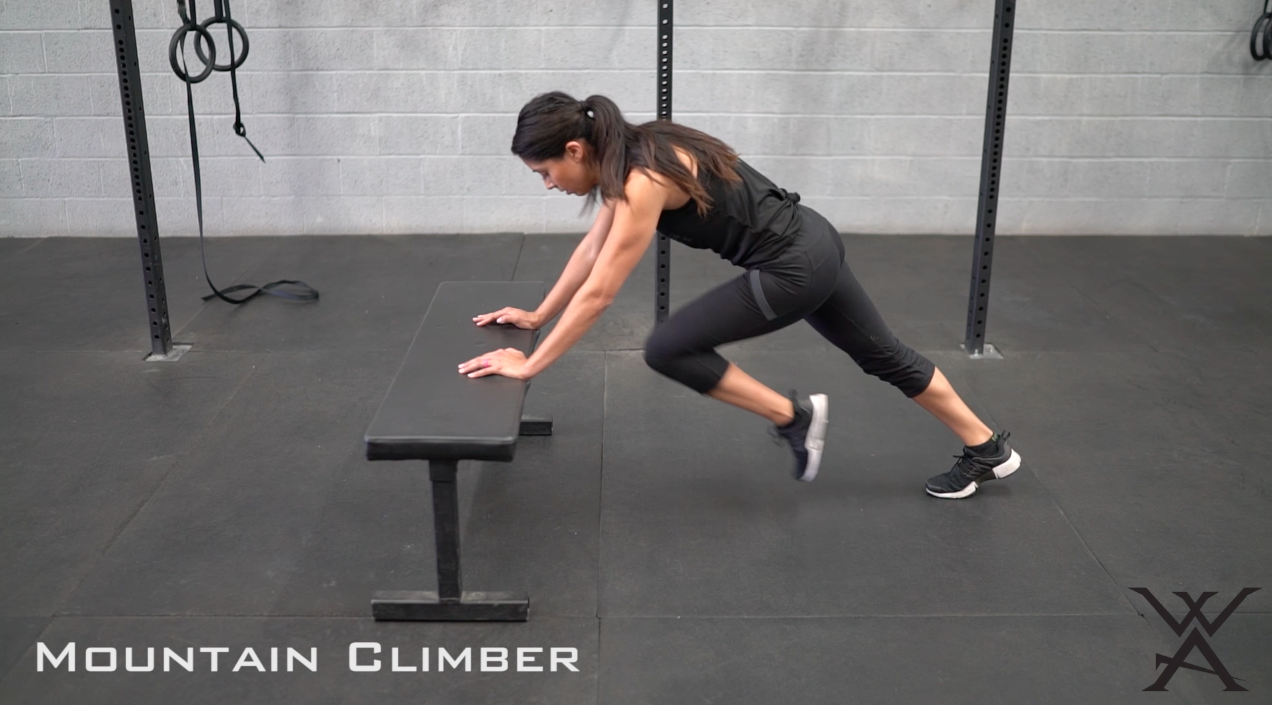BUILDING THE PERFECT SHOULDER FOR THE WILDERNESS ATHLETE
The shoulder joint is very complex and we want to give you as many tools as possible to help deal with the myriad of issues that you may encounter. Building upon the basic exercises that we gave to you in Part1, this will be a continuation of the shoulder exercises that will help you build healthy and durable shoulders and minimize the chance for injuries. We will also focus on a practical application of these exercises and show you why they are beneficial.
Archery is a popular sport and a way of life for many individuals like myself who are not only passionate about practicing and shooting but also use it as a tool to put food on the table for their families. Being able to practice your art to perfection and having the ability to shoot daily in preparation for the upcoming season is crucial, however drawing a bow puts tremendous strain on the muscles around your shoulder. Over time, this can result in shoulder injuries if you don’t strengthen the muscles around the shoulder or you don’t use proper form. The act of drawing a bow is not a very common anatomical position. Think about it…your string shoulder is pulling back and sometimes rotating while your bow shoulder is pushing and resisting that collapse inward. The tension increases gradually as the bowstring is pulled back with a smooth and steady motion then the bowstring is released.
It is common that most archers/bow hunter have problems with their “pulling shoulder” however many people also have trouble with their stabilizing arm and keeping it firm. The muscles around the shoulder are relatively small and can be easily torn or damaged if not properly conditioned. The two primary causes of shoulder injuries are improper archery form and using a bow with too high of a draw weight.
Jerky draw motions and poor arm positioning place too much strain on the shoulder joint and the muscles that connect to it and increase the likelihood of injury and irritation. It also increases the strain on the shoulder joints and their connective tissues by exceeding the limits of your arm and shoulder strength while drawing the bow.
As we age the muscles also grow weaker and more prone to injury. In fact, the vast majority of rotator cuff injuries happen to people over 40. Being smart about implementing the proper strengthening exercises along with gradual increases in draw weight is the key to minimizing these injuries.
If you have not watched Part 1 of this series, please go back and master the 3 exercises to condition and strengthen those small shoulder muscles.
To supplement these, the wall presses will be a great warm up or cool down to any shoulder workout or archery session. Start with 3 sets of 10 seconds each to start. Increase isometric holds to 20-30 seconds as your strength improves and to meet essential demands or goals.
Whether you have healthy shoulders or a long history of shoulder problems, proceed through the exercises with caution and stop if you have any increased pain or discomfort in the shoulder.
Also, make sure that you are getting proper hydration and sufficient rest before you shoot. Get in a light snack or meal that has some carbs and protein before your workouts or sessions so that your muscles are properly rested and so they have the fuel and hydration necessary to perform repeated motions safely.
If you have any questions or if you would like to recommend another topic for us please just shoot them over to contactus@wildernessathlete.com.

“Just because something hurts doesn’t mean it needs to be stretched”.
– Dr.Tony Hall
